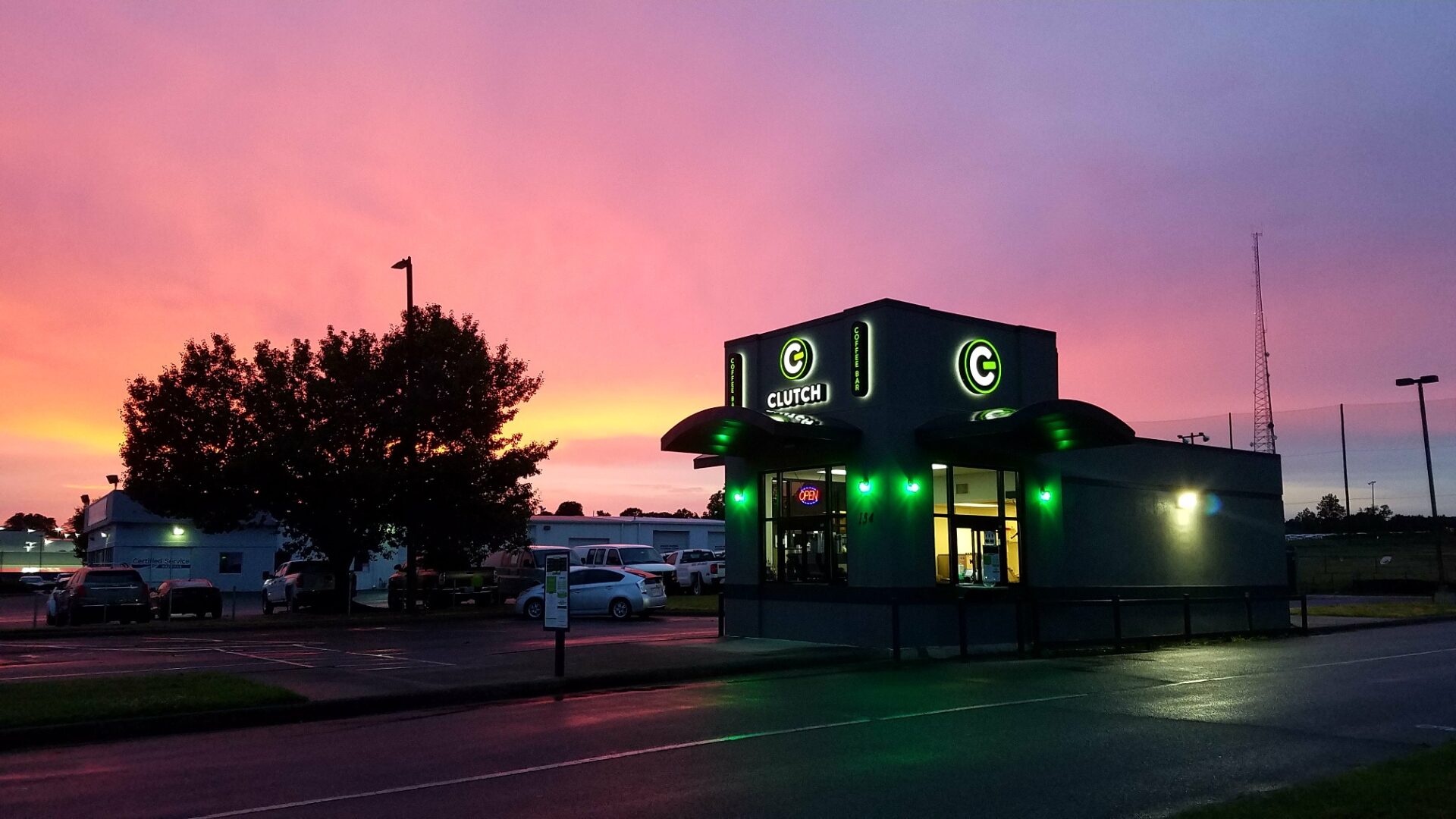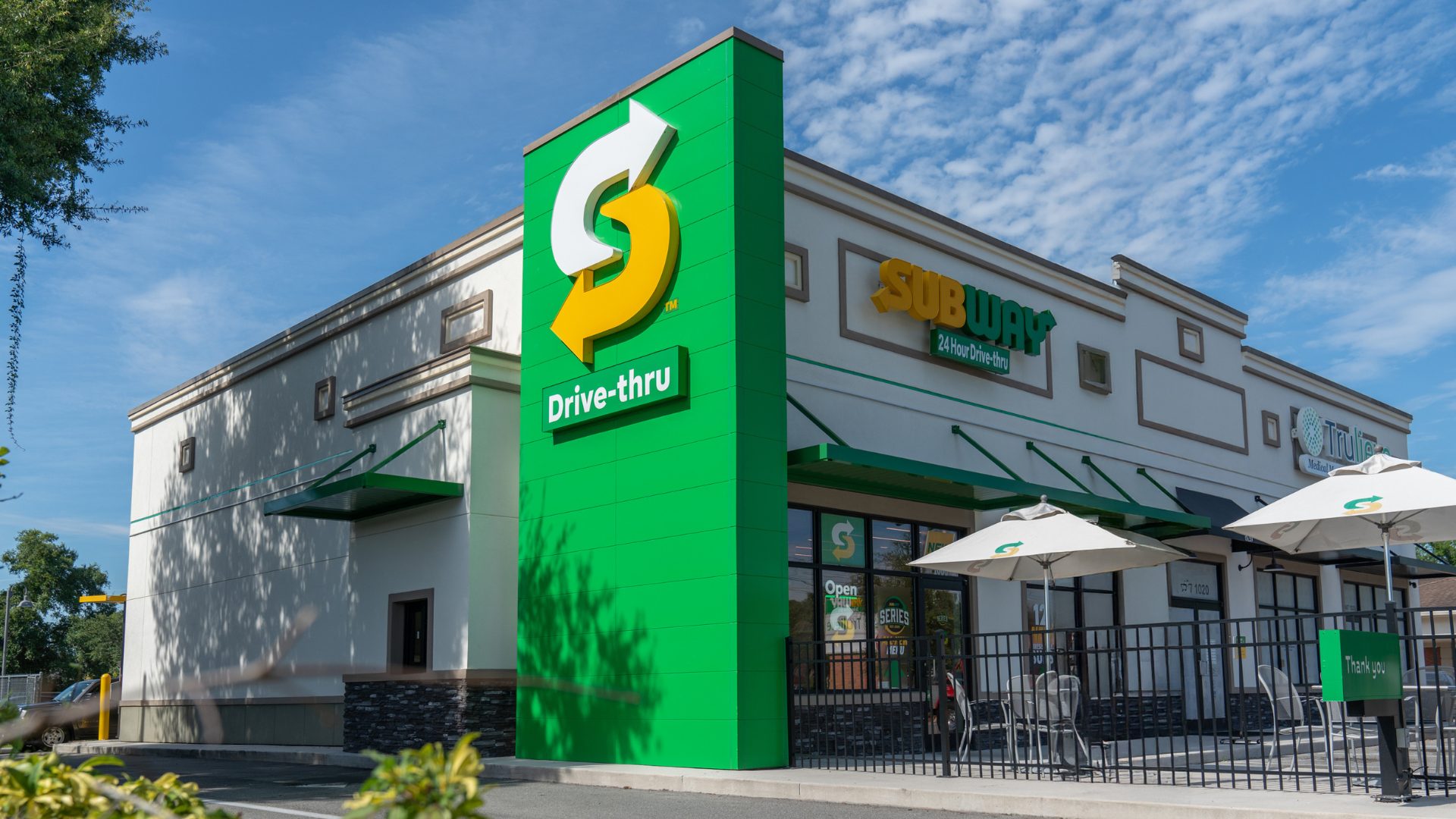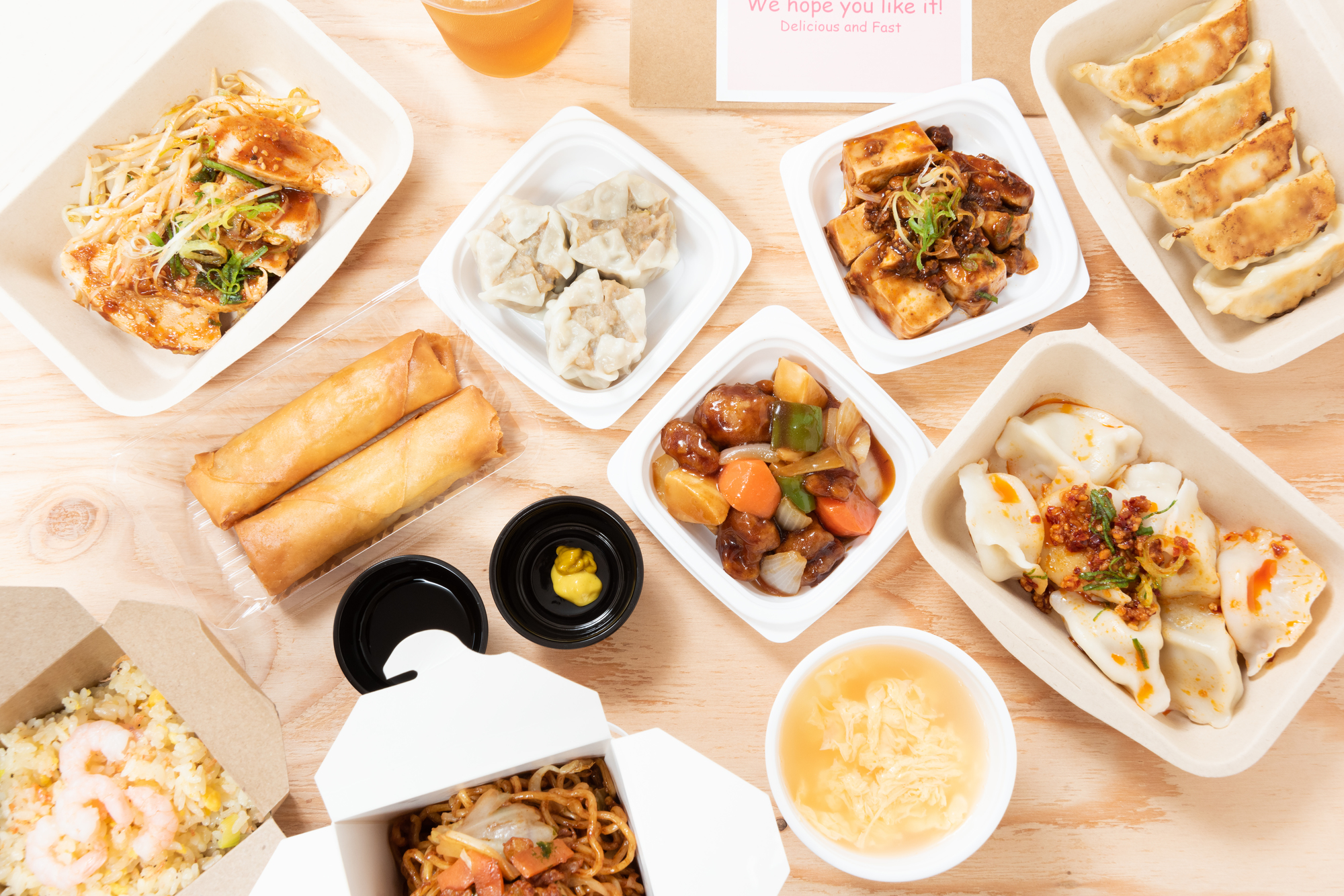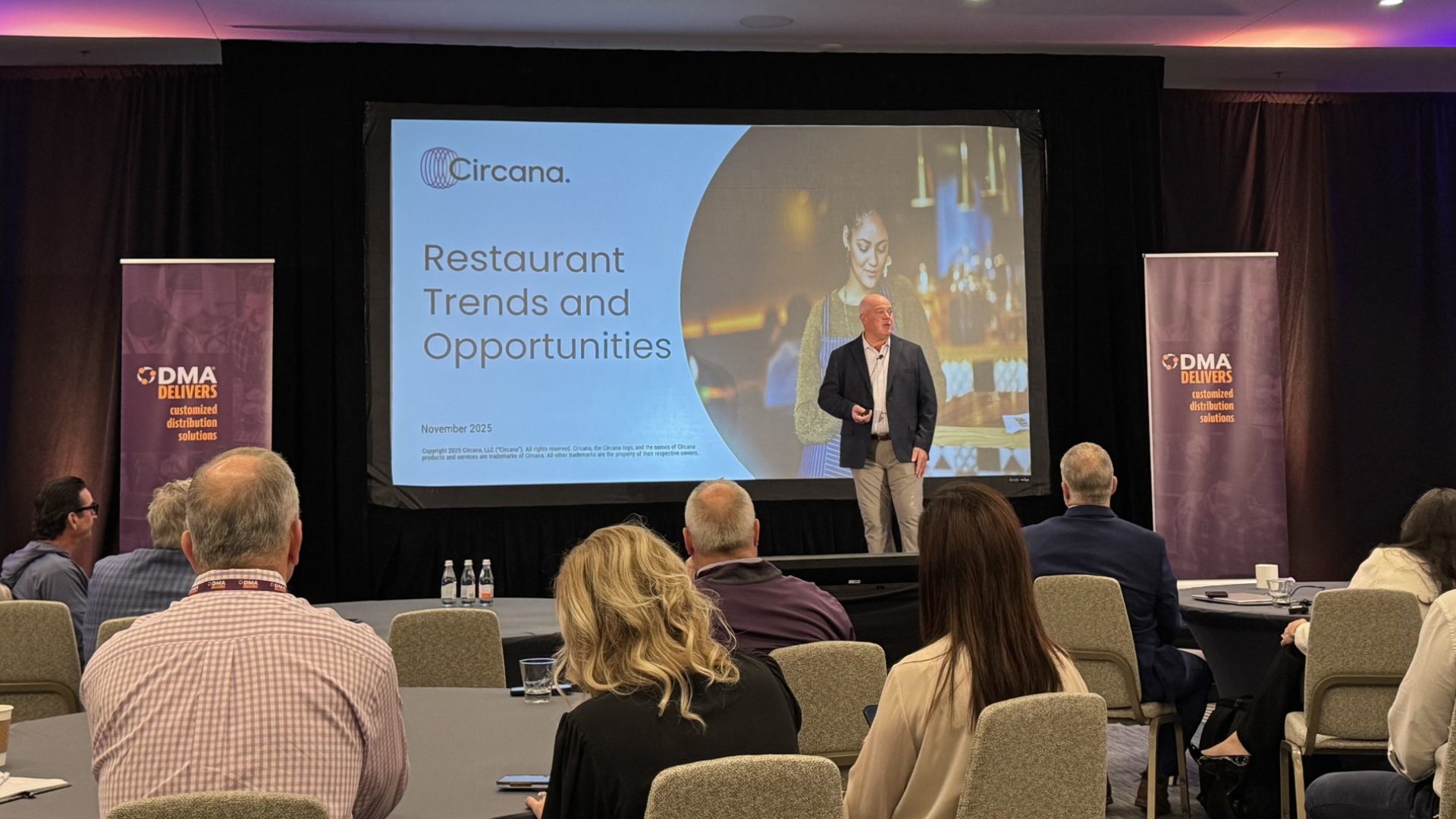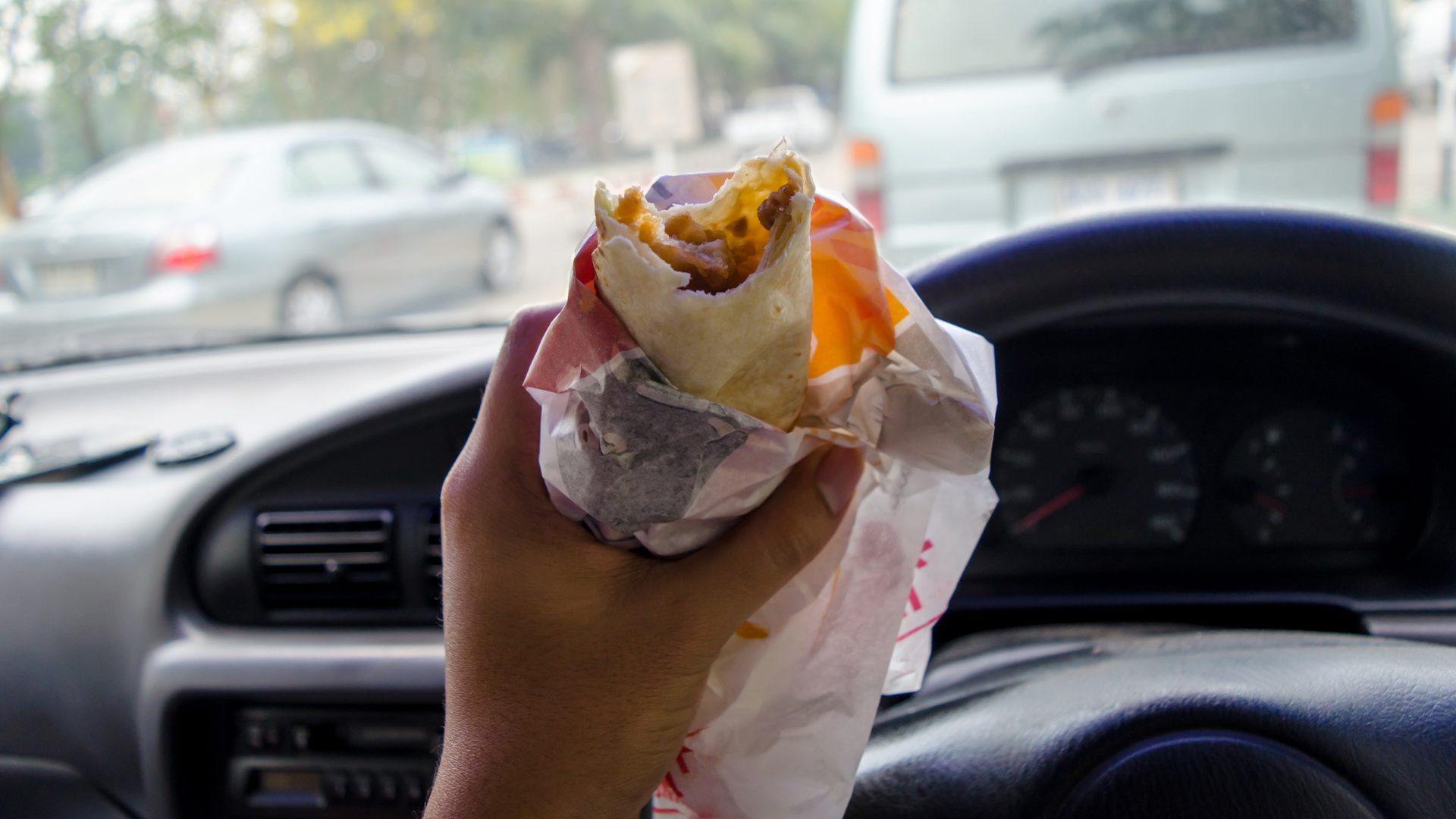Clutch Coffee CEO Darren Spicer’s business philosophy was inspired by Kobe Bryant – an iconic athlete who scored 5,640 career points in the NBA playoffs.
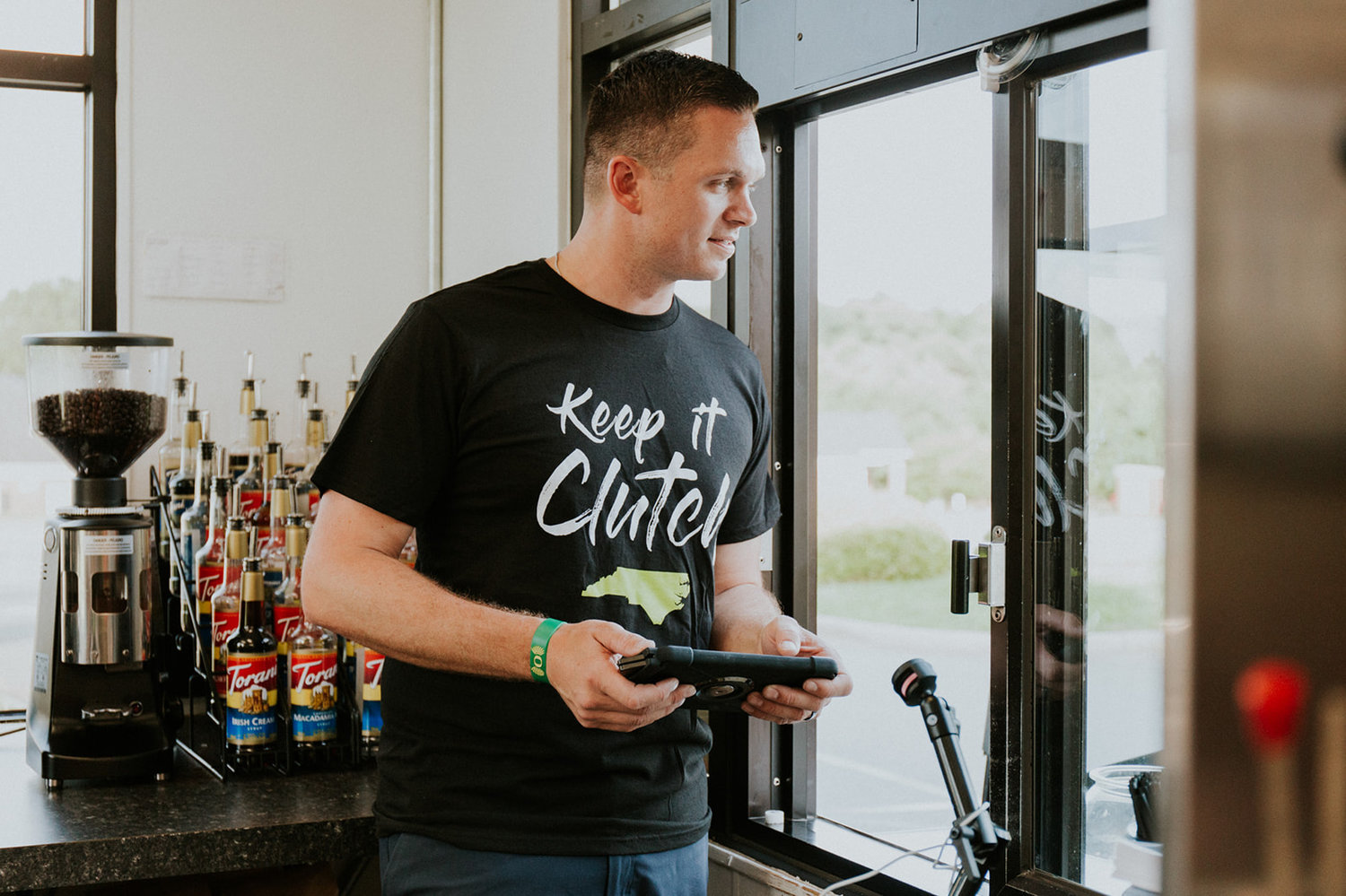
Darren Spicer, Clutch Coffee CEO
“That’s actually why Clutch has its name; I’m a big sports fan, and when a player steps up and delivers in crunch time, they’re considered ‘clutch,’” Spicer said. “I was a big fan of Kobe. He just had a different way of stepping up when it mattered most.
“I want us to be that for our customers, every day. It really comes down to every interaction: Is it genuine? Is it quick, and are we delivering an incredible product?”
Clutch Coffee, which was founded in the Carolinas in 2018, has found success rather quickly, growing to nearly 30 locations. Spicer said the privately owned chain is currently outperforming Starbucks in many of the same markets.
The key to the drive-thru chain’s success, more than anything, is efficiency. Clutch positions an employee to take orders in its drive-thrus, similar to a strategy Chick-fil-A has used to boost customer service. Clutch utilizes an additional “escape lane” in its drive-thrus, which helps eliminate bottlenecks and long lines.
What’s Brewing Among Coffee Chains
In 2025, Spicer expects competition to intensify among coffee chains. He expects innovation to increase, with new toppings, more LTOs, and energy drinks coming to the fore.
And, with former Chipotle CEO Brian Niccol in his first year at Starbucks, the industry will likely emulate the global coffee giant’s focus on human interaction (think: writing customer’s names with Sharpies on their latte orders).
Spicer also feels restaurant chains, in general, will need to do more to help cash-strapped consumers this year. The key, he feels, will be focusing on value-added opportunities.
“There’s a certain ceiling you bump up against in terms of price, when people say ‘I just can’t afford to come here as much as I used to,” Spicer told The Food Institute. “So, we offer ‘Free-shot Fridays’ where people can add additional shots of espresso for free.
“We’re trying to drive additional value for people.”
Keys to QSR Growth in 2025
As Clutch Coffee looks to add locations, Spicer has become a real estate expert of sorts. Location, he noted, “matters a ton” to a fast-food restaurant’s success. Here’s what the CEO looks for when evaluating a potential restaurant site:
- A busy roadway
- Great visibility
- Accessibility
- Located in a commuting corridor
Finding affordable restaurant sites has become a major challenge, Spicer said.
“The cost of real estate has been driven up significantly recently,” the CEO noted. “Car washes are driving the cost of real estate insanely high; Generally speaking, they’re going into areas where there might be an older, dilapidated car wash and they come in with something that’s shiny and new. They’re able to spend more based on their pro formas – based on how many cars they can pull through they’re able to spend more on real estate.
“So that’s kind of driven up” the cost of real estate, Spicer added, “where they’re actually competing to take spots from us, from Chick-fil-A.”
Despite that challenge, Spicer carries confidence into the new year. The CEO is secure in the belief that Clutch Coffee does its due diligence when choosing locations. Plus, Spicer believes the chain has assembled a workforce that, by and large, carries out the values of the brand.
“And,” he concluded, “if we have those things, the operations should follow suit.”
The Food Institute Podcast
Amid inflation, restaurants need to get more creative to help bring customers through the door. What exactly can they do to improve traffic? André Moraes of PepsiCo Digital Lab shares how experiences, microinfluencers, and the Local Eats program can help propel restaurants in 2025.


